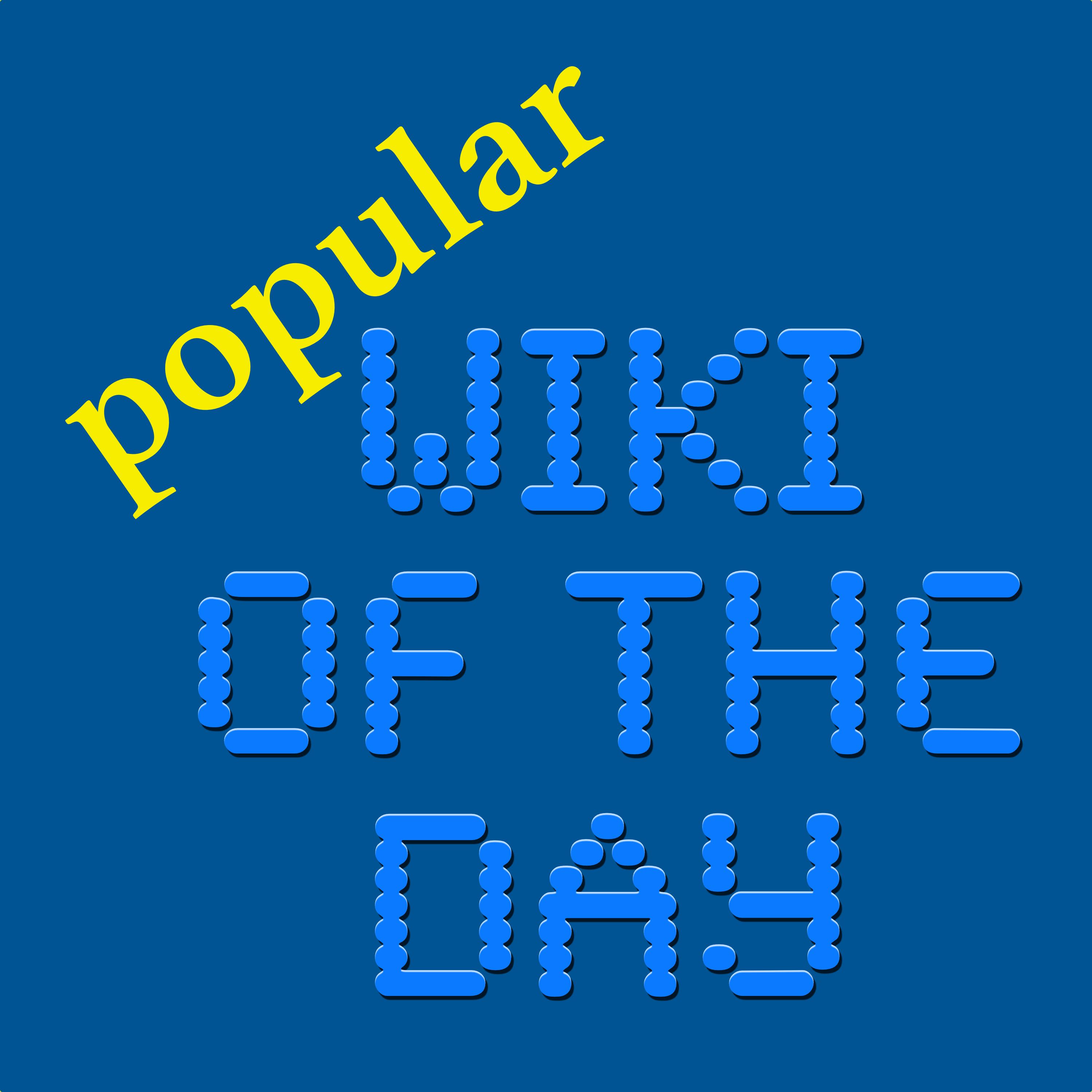Episode 2807
Greenland
Wed, 2025-Jan-08 01:59 UTC
Length - 3:51
Direct Link
Welcome to Popular Wiki of the Day, spotlighting Wikipedia's most visited pages, giving you a peek into what the world is curious about today.
With 354,451 views on Tuesday, 7 January 2025 our article of the day is Greenland.
Greenland (Greenlandic: Kalaallit Nunaat, pronounced [kalaːɬːit nʉnaːt]; Danish: Grønland, pronounced [ˈkʁɶnˌlænˀ]) is an autonomous territory of the Kingdom of Denmark. It is the larger of two autonomous territories within the Kingdom, the other being the Faroe Islands; the citizens of both territories are full citizens of Denmark. As Greenland is one of the Overseas Countries and Territories of the European Union, citizens of Greenland are European Union citizens. The capital and largest city of Greenland is Nuuk. Greenland lies between the Arctic and Atlantic oceans, east of the Canadian Arctic Archipelago. It is the world's largest island, and is the location of the northernmost point of land in the world – Kaffeklubben Island off the northern coast is the world's northernmost undisputed point of land, and Cape Morris Jesup on the mainland was thought to be so until the 1960s.
Though a part of the continent of North America, Greenland has been politically and culturally associated with Europe (specifically Norway and Denmark, the colonial powers) for more than a millennium, beginning in 986. Greenland has been inhabited at intervals over at least the last 4,500 years by circumpolar peoples whose forebears migrated there from what is now Canada. Norsemen settled the uninhabited southern part of Greenland beginning in the 10th century (having previously settled Iceland), and the 13th century saw the arrival of Inuit.
In the early 17th century, Dano-Norwegian explorers reached Greenland again. When Denmark and Norway separated in 1814, Greenland was transferred to the Danish crown, and was fully integrated in the Danish state in 1953 under the Constitution of Denmark, which made the people in Greenland citizens of Denmark. In the 1979 Greenlandic home rule referendum, Denmark granted home rule to Greenland; in the 2008 Greenlandic self-government referendum, Greenlanders voted for the Self-Government Act, which transferred more power from the Danish government to the local Naalakkersuisut (Greenlandic government). Under this structure, Greenland gradually assumed responsibility for a number of governmental services and areas of competence. The Danish government retains control of citizenship, monetary policy, and foreign affairs, including defence. Most residents of Greenland are Inuit. With the melting of the ice due to global warming, its abundance of mineral wealth and its strategic position between Europe, North America and the Arctic zone, Greenland is of interest to the great powers including China, Russia and the United States, with the latter having a military zone on the island (including Pituffik Space Base).
The population is concentrated mainly on the southwest coast, strongly influenced by climatic and geographical factors, and the rest of the island is sparsely populated. Three-quarters of Greenland is covered by the only permanent ice sheet outside Antarctica. With a population of 56,583 (2022), Greenland is the least densely populated region in the world. Sixty-seven percent of its electricity production comes from renewable energy, mostly from hydropower.
This recording reflects the Wikipedia text as of 01:59 UTC on Wednesday, 8 January 2025.
For the full current version of the article, see Greenland on Wikipedia.
This podcast uses content from Wikipedia under the Creative Commons Attribution-ShareAlike License.
Visit our archives at wikioftheday.com and subscribe to stay updated on new episodes.
Follow us on Mastodon at @wikioftheday@masto.ai.
Also check out Curmudgeon's Corner, a current events podcast.
Until next time, I'm neural Emma.
|
|


